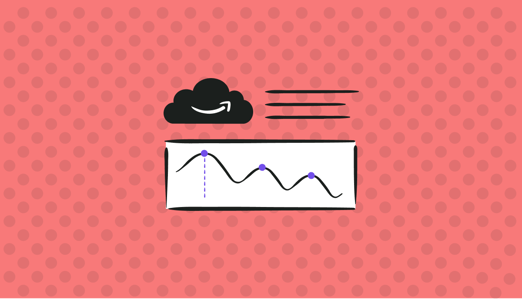
AWS continues to lead in cloud computing with its feature-rich platform, offering a variety of services and tools. However, these services come at a cost. AWS’s vast array of platforms, from storage to computing and data lakes, can lead to varying cost patterns and quickly reduce margins if not managed properly.
Creating a cost-conscious culture is essential for maximizing ROI in cloud adoption. AWS Cost Management provides basic pricing options to track cloud spending, but at a larger scale, more focused cost optimization is needed. Adopting a FinOps model helps achieve financial accountability in a cloud-native environment without impacting business objectives. This article explores key metrics for understanding AWS costs and best practices for controlling spending.
A Deep Dive into Amazon Cost Management
A critical pillar of the AWS Well-Architected Framework is cost optimization—offering a best practices blueprint for using AWS Services and resources effectively. AWS Cost Management provides a comprehensive suite that lets organizations observe cloud usage costs through various resource utilization metrics. To understand how AWS bills usage, the first thing organizations need to do is understand these metrics and how they’re tied to resource consumption.
Metrics Involved in Managing and Optimizing AWS Costs
AWS Billing and Cost Management essentially involves tracking the following metrics.
Budget vs. Actual Spend
Budgets enable organizations to control their AWS spending and meet financial projections. The budget vs. actual spending ratio is used to manage budgets for specific resources or services within the AWS ecosystem. A higher budget-to-actual spend ratio often implies that a resource/service has been over-allocated, while a lower ratio indicates service underprovisioning.
Average Daily Spend
This measurement denotes the actual amount that organizations spend each day on AWS resources, aggregated over a week, month, or quarter. As a best practice, it is recommended to keep track of this metric regularly and compare it with the projected daily spend for an organization-wide assessment of resource consumption.
Provisioned vs. Used Capacity
Detailed analysis of usage patterns, availability, and user-experience monitoring can help organizations achieve resource provisioning models that are cost-effective. Similar to the above two metrics, provisioned vs. used capacity denotes the efficiency of allocated resource utilization versus what is actually being consumed. In instances where the provisioned capacity exceeds the used capacity, this metric highlights signs of inefficient consumption that require a diligent calibration of resource optimization.
Spend on Idle Resources
Most organizations have unused volumes, idle instances, or other inactive resources that are still part of the paid IT ecosystem. These idle resources typically account for the largest portion of cloud cost wastage and often need monitoring. The spend on idle resources is an essential indicator of how much a firm is losing on unnecessary resources and is considered one of the easiest to fix for immediate cost benefits.
Reserved Instance vs. On-Demand Ratio
Applications and organizations rely on clusters of on-demand compute instances that handle dynamic spikes and drops in workloads. While these instances enable fast and dynamic computing, they are often costlier than reserved instances, which are considered more appropriate for static and predictable workloads. The ratio of reserved to on-demand instances, while dependent on factors such as financial objectives, risk tolerance, and business volatility, should always stay constant. A changing ratio indicates the need for configuration changes to optimize costs for shifting workloads.
Cost of Untagged Assets
Tags simplify asset management through better tracking and classification, while untagged resources, on the contrary, often lead to reliability issues. Missing tags can prevent the implementation of cost-savings measures for scheduling compute instances. So it’s important to assess the organization’s spending on untagged and unmanaged resources as part of an overall cloud spending analysis.
Accessing Usage and Cost Information
The AWS Cost Explorer is considered one of the most mature platforms for the collection, analysis, and visualization of cost and usage data through a number of helpful metrics. The console also includes resources such as AWS Budgets, which contains a host of solutions to collect and present usage data to help optimize and manage costs.
Managing the Cost of an AWS Cloud Stack
Effective management of cloud costs can be achieved through a combination of best practices (both cultural and technical) and tools. This yields a holistic analysis of an instance’s operational environment that helps identify the subsystems that need enhancement or optimization.
Best Practices for AWS Cost Management
Some commonly known best practices for cost optimization include the following.
Use the Right Savings Plan to Reduce Compute Costs
AWS offers Reserved Instances, which are compute instances offered on a savings plan based on the client’s commitment of usage duration (1 or 3 years). Reserved instances significantly reduce compute instance ownership costs since the hourly rates are lowered in exchange for the commitment to pay for all hours in the agreement period.
Another choice is Spot Instances, which are basically unused EC2 instances whose price depends on the demand and supply mechanics of the Amazon Spot Market. As Spot Instances are up to 90% cheaper than on-demand instances, organizations pre-order spot instances by stating how many they need, the required availability zone and type, and maximum bidding price to make the best use of the service and reduce their AWS TCO.
Rightsize EC2 Instances
It is extremely crucial to match instance capabilities with workload demand. As a best practice, organizations should analyze utilization metrics to assess workload demands and then group retrospective workloads into categories that can be assigned the same-size instances.
Set Alerts on Budget Threshold
The AWS Cost Management service ecosystem includes various budget tracking and alerting mechanisms that organizations can use to assess when, for instance, their average actual daily spend goes beyond the amount set in the budget.
Limiting Autoscale
Autoscaling is one of the major advantages of cloud computing since it enables scaling services as required to meet demand spikes. When configured inefficiently or left unchecked, autoscaling results in resource wastage and adds to ownership costs. Teams should limit autoscaling capabilities as part of the resource planning and budgeting process to ensure resources are provisioned within the set financial constraints.
Snapshot & Delete EBS Volumes with Low Activity
Snapshots are perfect for data resource management since they only record changes in volumes and contain all the information needed to restore data. For storage cost optimization, EBS volumes that are rarely used should be backed up in snapshots and recovered when needed.
Delete Idle Load Balancers
AWS offers a load balancer health checker that records the request counts of load balancers for an insight into network activity. These monitors also check for data transfer costs through these load balancers, which can be mitigated by using the AWS CloudFront Content Delivery Network (CDN) if they are too high. Load balancers with less than 100 requests per week are recommended to be deleted to reduce networking costs.
Implement Consolidated Billing and AWS Organizations
The AWS Organizations tool lets teams automate account creation, account group creation, and governance. With consolidated billing, teams can get an overview of all cloud costs and enable centralized management of cloud spend.
Isolate Production and Development Environments
It is important to separate test, development, and production workloads to allow teams to observe application vulnerabilities before they are deployed. Along with saving compute resources of multiple instances, proactive bug and vulnerability management also helps control costs by avoiding successful data breaches.
Delete Unattached Volumes
Every time an EC2 instance is launched, an Elastic Block Storage (EBS) volume is attached to act as its local block storage. Since the volume deletion can only be performed manually, most of these volumes remain active even after the EC2 instance has been deleted. These unattached volumes continue to exist and contribute to monthly cloud spend unless they are deleted.
Use Upgraded Instance Versions
AWS is always updating its products and services with new features, fixes, and improved functionality and performance. Upgrading compute instances to the latest generation is often considered one of the straightforward practices that result in efficient utilization of resources.
Move Low-Activity Data to Lower-Priced Storage Tiers
Organizations should utilize S3 analytics to analyze storage usage patterns over a one-month period. This analytics tool recommends data that can be moved to the S3’s Infrequently Accessed (IA) tiers for reduced storage costs. Teams can also leverage LifeCycle Policies that efficiently manage the assignment of data to storage tiers.
Train and Create Awareness on Cost Management
Cost management should be a decentralized activity performed across all stages of the DevOps workflow. Key stakeholders in the organization should learn to access and analyze cost data to understand their importance in architecting cost-optimized cloud systems on AWS. The awareness program should also include the definition of various metrics used to estimate cloud costs and how those impact the FinOps strategy.
Tools and Resources to Help Manage and Understand AWS Costs
A cloud-cost observability platform that lets organizations create business value by treating cloud cost as a performance metric. By leveraging a cost observability model, Finout’s self-service, no-code platform integrates with major cloud service providers for a comprehensive, multi-platform cloud cost management system.
The Cost Explorer API is an AWS-native cost observability platform that provides a simple dashboard for users to visualize, assess, and control AWS costs. The dashboard enables data analysis at a high level (e.g., cross-wide cost and usage) or deeper level (e.g., trends, cost drivers, and anomalies).
This tool allows users to explore the entire AWS ecosystem of services, select what they need, then create an estimate of total spend based on the cumulative price of the services. With the Pricing Calculator, organizations can compare costs per region, find the appropriate resources based on budget, and optimize their cloud spend.
This is a framework that ensures businesses get value for their money on AWS Cloud through cost savings, staff productivity, business agility, and operational resilience.
A tool that lets organizations set custom budgets with alerting mechanisms for exceeding usage; organizations can even set budgets on granular time periods for easier cost management.
Summary
Thanks to its comprehensive suite of feature-rich services, AWS continues to own the largest portion of the cloud computing market, claiming 41% of the market share per a 2021 Kinsta survey. With the growing list of cloud-based offerings, such as SaaS, Data Lakes, etc., the adoption of cloud, and more particularly AWS, is expected to grow further. While organizations leverage the cloud to enhance their service quality and efficiency, keeping a tab on the cost requires an equally diligent approach to maintain a healthy ROI.
Embracing a FinOps model is one such approach that helps organizations optimize resource consumption and manage cloud spend. Finout is an emerging self-service cloud cost observability platform that treats cloud cost as a metric for simple management.
Contact Finout today to learn how the platform can help control your AWS spend while ensuring your services operate as efficiently as before.
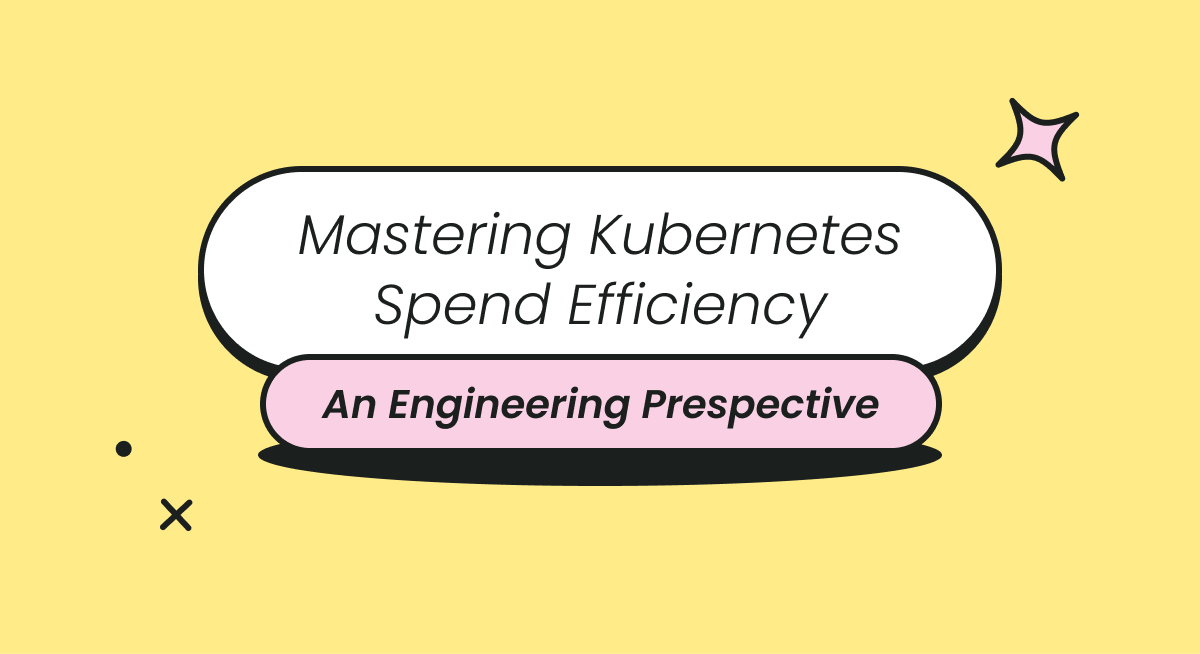
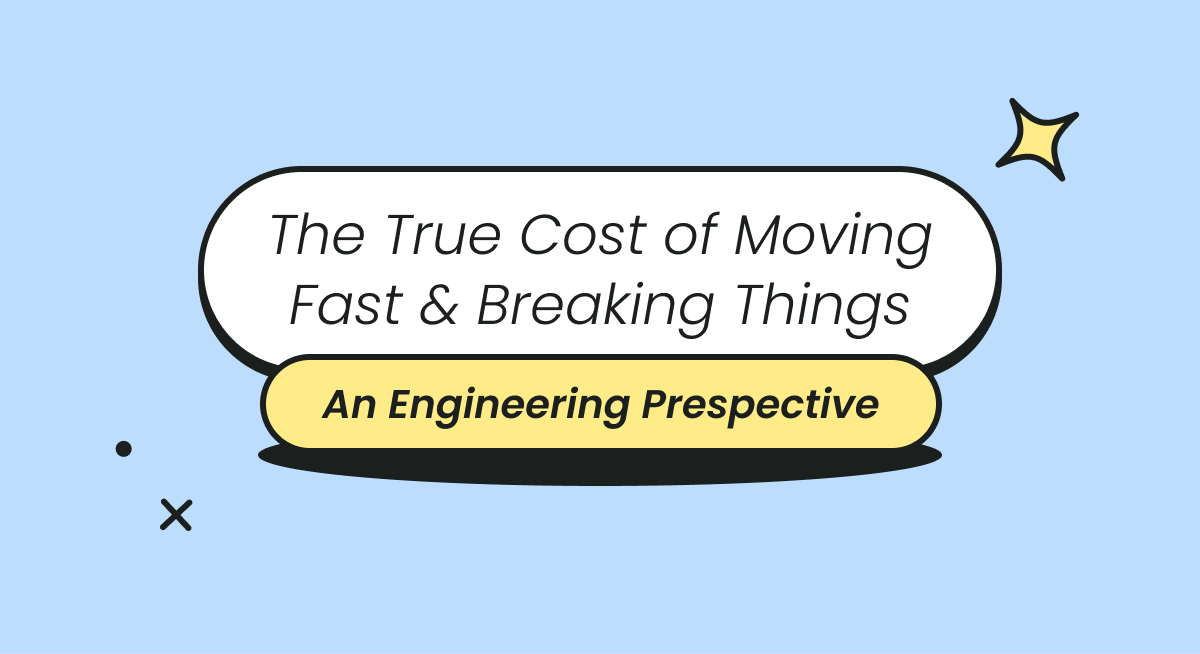
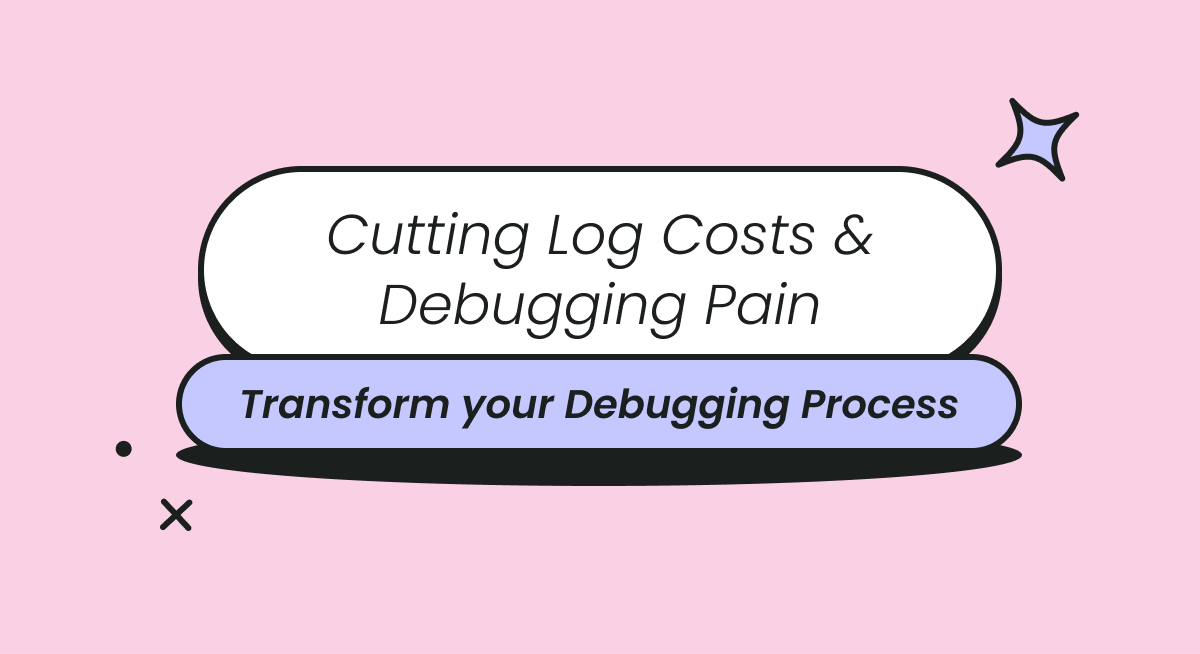

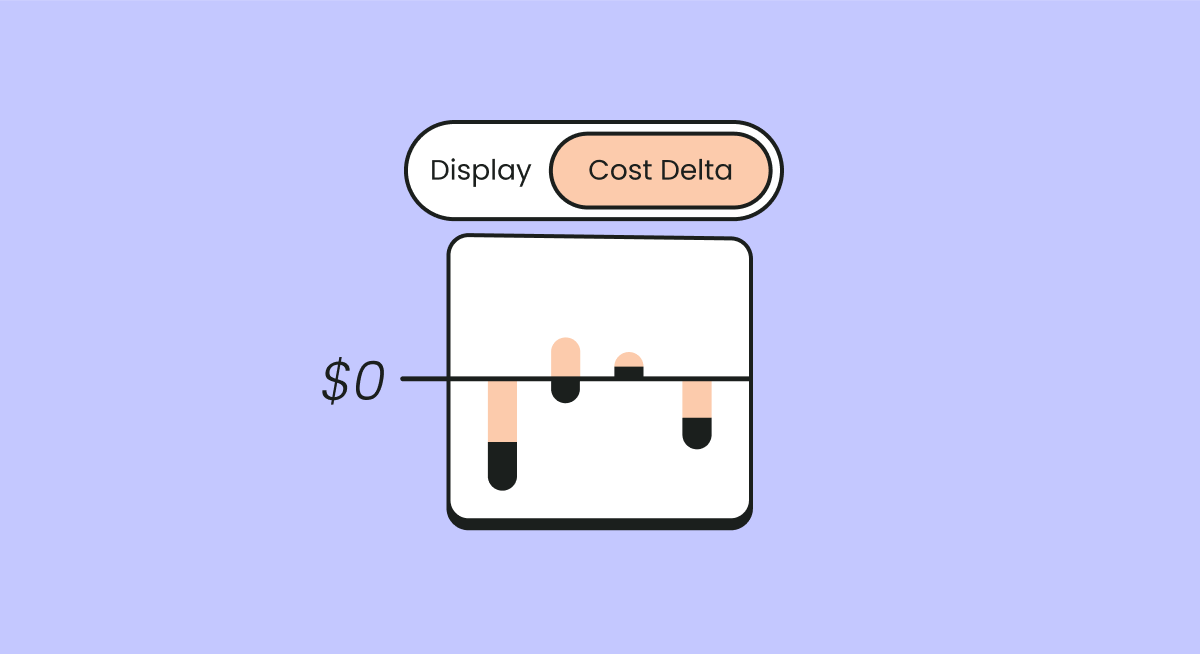

.webp)
